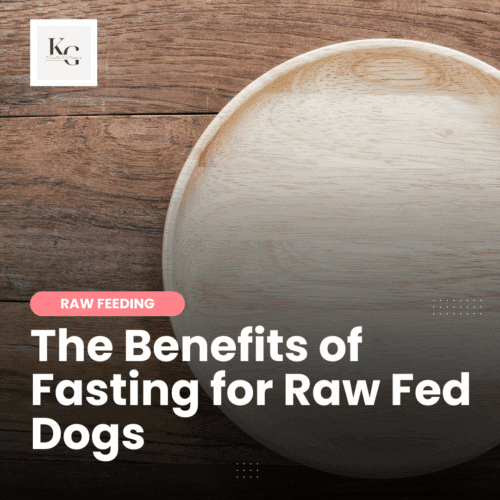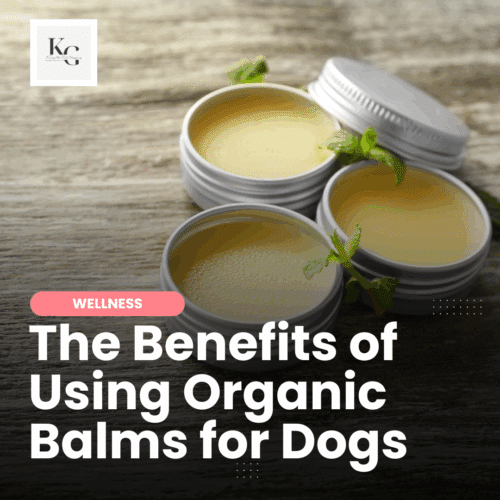Keep the Tail Wagging is supported by pet parents. I occasionally earn a commission (at no additional cost to you) when you click through an affiliate link to one of my favorite products. Thank you for your support. Read More
As an experienced raw feeder, I can confidently say: organ meat is the secret weapon in a truly balanced canine diet. While many new raw feeders focus on muscle meat and bones, the real nutritional magic is in organs.
Let’s explore why organ meat is so essential, which organs are commonly fed, what nutrients they deliver, how much to feed, and where you can find a variety of organs for your dog.
Why Organ Meat Is Essential
Organ meats are sometimes called “nature’s multivitamins,” for good reason. They are far more nutrient-dense than muscle meats, packed with essential vitamins, minerals, amino acids, and cofactors that support nearly every system in your dog’s body, including:
- Immune health
- Vision
- Reproductive function
- Blood health
- Neurological function
- Skin and coat quality
Feeding organ meat is not optional in a raw diet; it’s necessary to provide the nutrients dogs can’t get from muscle meat and bone alone.
Common Organs Fed by Raw Feeders
Here are the most popular organs used in raw feeding, divided into two groups:
Required Organs (Part of Raw Diet Balance)
These should be included in every raw diet:
- Liver – always required; rich in vitamin A, iron, and B vitamins
- Other secreting organs – to make up the second half of the “organ” portion:
- Kidney
- Spleen
- Pancreas
- Brain
- Thymus
- Testicles
- Ovaries
Optional “Muscle-like” Organs
These are nutrient-rich but classified as muscle meat:
- Heart – rich in taurine and CoQ10
- Gizzard – excellent for digestion
Making an Organ Blend
I prefer to make an organ blend, which I freeze until the first of the month, when I do extensive meal preps of 50 to 100 lbs. I order most of the organ meat through a local raw food co-op and also source organ meat from local homesteaders. It's surprising how many don't use the organs, so I can get them for an excellent price and occasionally for free.
Each organ blend is different, because it's based on what organs I have access to at the time. For example, I've made the following blends:
- beef liver, heart, kidney, spleen
- pork liver, heart, kidney
- lamb liver, heart kidney
Because I don't have access to a wide variety of secreting organs, I use a base mix by Dr. Harvey's and add all my ingredients to Animal Diet Formulator software to figure out which whole foods the recipe needs, so I can avoid using synthetic nutrients.
Vitamins and Minerals in Organ Meat
Organ meats deliver a powerful punch of critical nutrients, including:
- Vitamin A – liver, kidney (supports vision, skin, immune system)
- Vitamin B12 – liver, kidney, spleen (supports nerve function, red blood cells)
- Folate (B9) – liver, spleen (essential for cell repair and reproduction)
- Iron – spleen, liver, kidney (critical for oxygen transport in blood)
- Copper – liver (supports red blood cells and connective tissue)
- Zinc – kidney, liver (supports immune health and skin)
- Selenium – kidney (important for thyroid and antioxidant function)
- Taurine – heart (supports heart health and eye function)
How Much Organ Meat Should You Feed?
It's essential to get the amount of organ meat correct to avoid risking adding too much copper and other nutrients to the diet (or too little). And organ meat is rich and can lead to loose stool and diarrhea if overfed.
In a Prey Model Raw (PMR) or FrankenPrey diet, the general guideline is:
- 10% total organ meat by weight, per week
- Half of that (5%) should be liver
- The other half (5%) should be other secreting organs (kidney, spleen, pancreas, etc.)
Example for a 50-lb dog eating ~1.5 lbs/day (~10.5 lbs/week):
- 1.05 lbs (10%) organs per week; 0.525 lbs liver + 0.525 lbs other organs
Feeding too much liver can lead to vitamin A toxicity, so sticking to the correct balance is essential.
Where to Source a Variety of Organs
Sourcing organs can be the most challenging part of raw feeding, but it’s doable with creativity and connections!
Here’s where many experienced raw feeders find organs:
- Local butchers – Ask for “offal,” “variety meats,” or “odd bits.”
- Ethnic grocery stores – Various ethnic markets often stock a variety of organs.
- Farmers' markets and local farms – Ask about offal when buying bulk meat.
- Hunters or game processors – Great source for wild organ meats (check legality).
- Raw feeding co-ops – Join local buying groups for bulk orders.
- Online raw pet food suppliers – Many offer mixed organ packs or exotic meats.
Tip: Build relationships with your butcher. They’re often happy to set aside items they can’t sell to the general public, which are perfect for your dog.
My Experience Feeding Organ Meat
From my years of experience, I can say confidently: organ meats are the nutritional cornerstone of a balanced raw diet. They deliver nutrients no supplement can truly replace, support your dog’s long-term health, and add variety and excitement to the bowl.
Sourcing and portioning organ meat takes extra effort, but the health benefits — shiny coats, strong immune systems, vibrant energy — make it completely worth it.
If you’re new to raw feeding, start by learning how to balance liver and other organs properly, and don’t hesitate to ask your local butcher or raw feeding community for help. Your dog will thank you!





